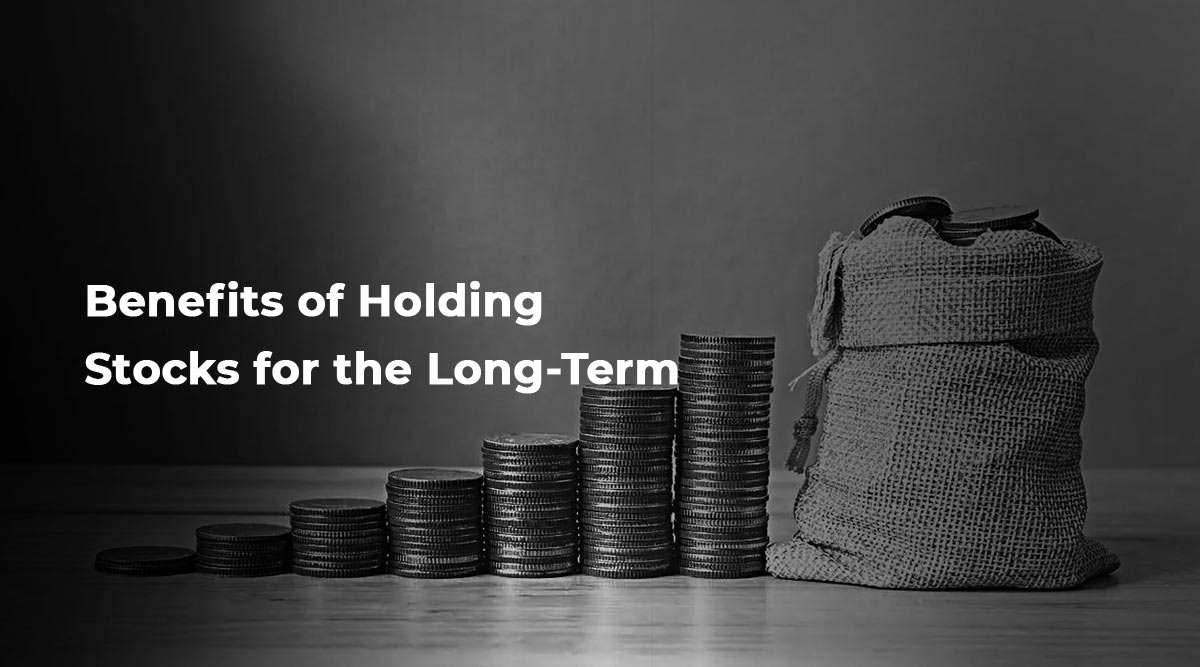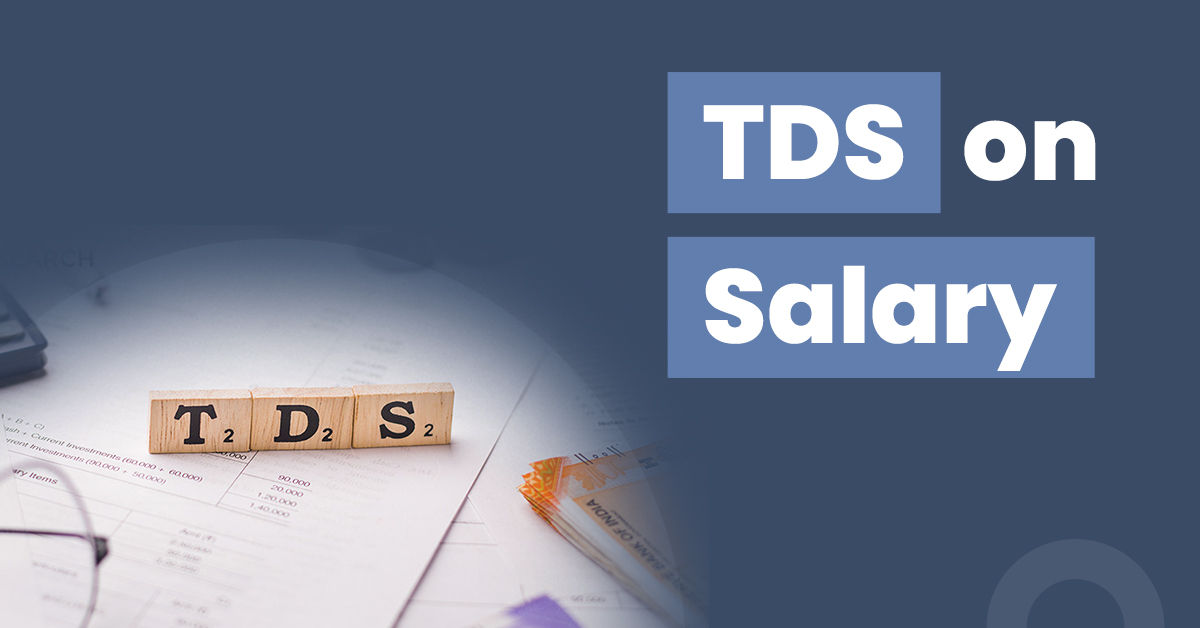How to make your portfolio perform better in the market
The value of a portfolio can be increased in a variety of ways. All types of investors have benefited from the following seven strategies.

Let's start with a definition of performance. Prior to attempting to improve the performance of our portfolio, we should first define performance. Clearly, performance cannot be defined solely in terms of returns. Returns on a risk-adjusted basis are required. Second, all portfolio performance must be measured against goals. The most important metric is that the goals are met, which is what performance is all about. Finally, the performance of your portfolio is about capitalizing on broader market trend movements. Let's look at how to create an investment portfolio for beginners. To demonstrate how to construct a profitable portfolio, we will use the example of a stock portfolio. Here are six steps to improve the performance of your portfolio in the market.
1. Create the portfolio with your goals in mind
This is the first step in building your portfolio, and it will have a significant impact on how well it does over time. You can improve your portfolio's performance by tailoring it to your own needs. That is the premise around which your investment strategy is built. You shouldn't put too much of your portfolio into stocks and shares if, for instance, your time horizon is three to five years. It must be either a debt fund or a balanced fund at the very least. To achieve long-term success, you should put the bulk of your savings into stocks. If you don't, your portfolio's allocation will be less than ideal. If your portfolio is well-balanced and directed toward achieving your objectives, it should outperform the market.
2. The biggest risk is not taking any risk
This could be interpreted in a variety of ways. In other words, you should assume responsibility for risk when it is warranted. Therefore, if you're thinking in the long term, you should have most of your money in stocks. That's because stocks typically generate better returns than other asset types over the long term. With a growing time horizon, the outperformance becomes virtually risk-free. The second way to look at this problem is to ask if your equity exposure should decrease as you become older. To some extent, that is false. Contrast a professional in his early thirties who is saddled with debt with a man in his forties who has successfully paid off all of his debt. The man in his forties has a greater tolerance for risk and, consequently, should invest more of his money in stocks. The greatest danger for a man of 40 is to take no chances at all.
3. You need liquidity, but not too much of it
You must have access to funds, and these funds must be set aside for use in times of need. The requirement for cash flow begs the question: why? You'll need access to cash in two different scenarios. First, you should set aside at least five to six months of living expenses in case of an unexpected emergency. Don't just keep adding onto it after that point. Second, you'll need access to cash when major life events like a child's college tuition, a wedding, or the down payment on a house come up. Risk can be minimized by switching to liquid assets a few months before the milestone date. If you can help it, limit your exposure to liquidity.
4. Focus on a passive rule-based approach
Adopting a rule-based strategy is the most effective technique to surpass the competition in the long run. For instance, if the Nifty's price-to-earnings ratio falls below 14, you can allocate 70% of your portfolio to stocks. If the Nifty's price-to-earnings ratio rises above 24, you'll cut your equity exposure to 30%. Gold and debt can both benefit from rule-based approaches that examine historical data. This rule-based strategy has the benefit of requiring little in the way of human judgment and interpretation. It has a good chance of being accurate because it is based on calibrated historical data.
5. Keep rebalancing your portfolio at regular intervals
The idea on rule-based method might be seen as an extension in portfolio rebalancing. When is the right time to rebalance your investments? Keep in mind that frequent rebalancing is not appropriate for a portfolio with a long-term horizon. While annual reviews are recommended, rebalancing should only be done every three to four years. Keep in mind that there is a price to pay for rebalancing your portfolio, in the form of fees and taxes. Therefore, rebalancing should be performed only when completely warranted and likely to add value. When macros reach excessive values, rebalancing can also occur. Classical triggers for rebalancing your portfolio include the Nifty P/E at 27, the Nifty P/E at 10, the Dividend Yield at 0.5 percent, and the Bond Yield at either a 20-year high or low.
6. Always plan your portfolio in post-tax terms
You may outperform the market and prevent unpleasant shocks by planning your portfolio in post-tax terms. In the case of a 20-year SIP into an equity fund, for instance, eighty to eighty-five percent of the corpus will be in the form of capital gains, subject to a 10% flat capital gains tax. If you invest Rs.1 crore over 20 years, you will receive approximately Rs.92 lakhs after taxes. When planning your portfolio after taxes have been taken out, you can choose to either increase the SIP amount or the risk to achieve your goals.
If you can master the fundamentals, your portfolio has a great chance of outperforming the market.
Read Also : Commodity Exchanges in India: Definition and Categories















.jpeg?updatedAt=1700924747229)



